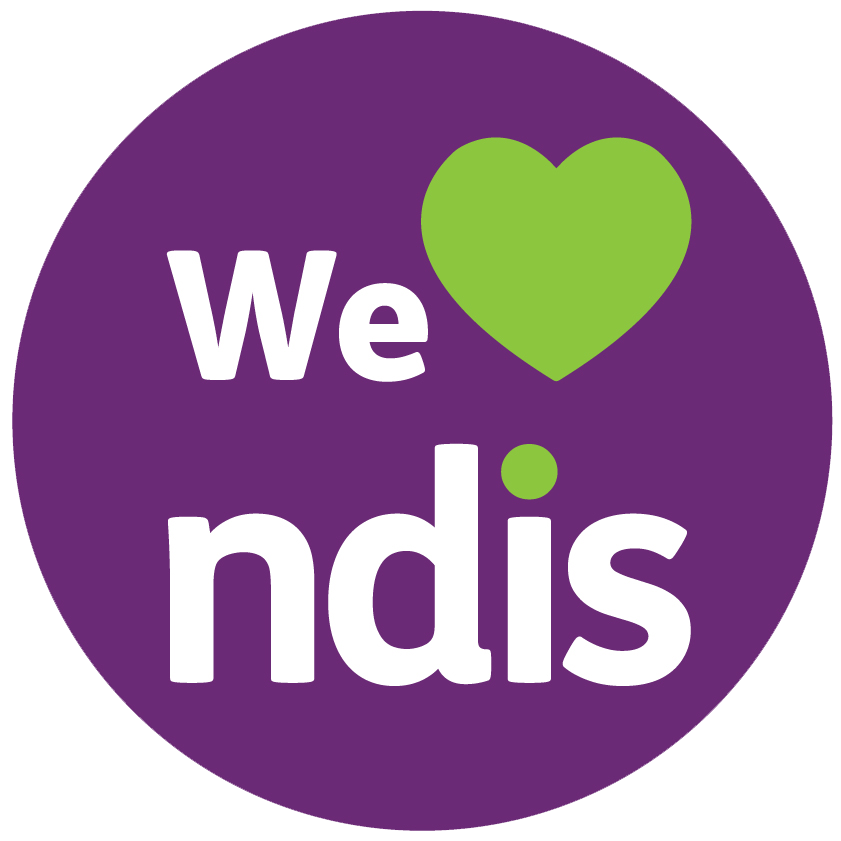Falls Prevention: Part l
What is a Fall?
A fall is described as an incident where an individual inadvertently comes to rest on a level lower to them such as the ground (DHHS, 2017-2020). A fall occurring in an aged care facility is often categorised as a witnessed or unwitnessed fall. Furthermore, falls can be described as “assisted” if occurring in the presence of staff who helped guide the resident safely to rest on the floor or nearby safe lower surface.
Aged and Falls
The risk of falls increases with age, therefore elderly adults in residential aged care are at an increased risk of suffering from a fall (Hill & Barker, 2012). Furthermore, falls-related injuries that require hospitalisation also increase with age
Although the risk of falls increases with age, it is important to emphasise that falls are preventable and should not be viewed as part of the ‘normal’ ageing process (Aged Care Online, 2019)
There is usually more than one variable/factor that accounts for why a fall has occurred. Therefore, it is imperative that a multifactorial approach is taken when completing post-falls reviews, assessments, and recommendations.
Particularly, it is necessary to combine a comprehensive review of the resident’s physical status and their surrounding environment (Hill and Barker, 2012)

When is a resident more at risk of falls?
Below we outline factors that may increase the likelihood of falls occurring in the elderly. These factors may be related to the physical capacity of the individual, their immediate environment, lifestyle habits and choices, and psychological considerations. It is important to consider these factors during a post-fall review of the resident to facilitate holistic and effective follow-up.
Factors that increase risk of falls in the elderly
Person Comorbidities:
Certain health conditions can increase the likelihood of falling as they may cause changes to the individuals mobility, strength and balance. For example, Parkinson’s disease, peripheral neuropathy as a result of Diabetes, Stroke and Cardiovascular Disease. Additionally, an extended period of medical illness also increases the risk of falls.
Incontinence:
Residents experiencing incontinence are likely to have falls when attempting to access the bathroom.
Medications:
The amount and type of medications a resident takes can increase their risk of falls, particularly the following:
- Anti-psychotics
- Analgesics
- Sedatives
Health Status of an Individual:
The physical health of the resident, particularly their overall strength, balance and gait and level of frailty, muscle tone, diet, and whether they are acutely unwell, contribute significantly.
Sensory Decline:
Reduced capacity to interpret sensory feedback and signals can make it harder for residents to stabilise themselves effectively in both static and dynamic positions.
Foot Pain:
Foot pain whilst standing or mobilising can increase the risk of falling. Foot pain could be caused by insufficient footwear, sensory loss due to peripheral neuropathy, and pressure ulcers.
Postural Drop:
Transferring from lying, sitting, and then standing too quickly can result in a significant drop in blood pressure causing a resident to feel dizzy, disorientated, and leading to a fall.
Past History of Falls:
A significant history of falls for a resident makes them more likely to experience a fall-related incident in the future.
Vitamin D Deficiency:
Deficiency in Vitamin D prohibits its ability to absorb calcium into the bones, thus leaving individuals frail and brittle, and more likely to experience a fall.
Lifestyle:
Reduced Physical Activity:
Reduced physical activity can lead to loss of muscle volume, tone, and loss of bone density. Thus reducing residents' overall strength and conditioning, making them more prone to falls.
Footwear:
Footwear should be well-fitted and in good condition to reduce the risk of falls. Shoes with thick soles tend to diminish the residents' ability to detect their position of their foot, therefore increasing their risk. Material of sole of foot and amount of tread may reduce risk of sliding on slippery surfaces.
Environment:
Unfamiliarity with a new setting, flooring and surfaces, may take time to get used to and this may cause some residents to lose their balance easily, resulting in a fall
Hazards in the immediate living environment:
Hazards in the immediate environment can pose as a physical risk for falls:
- Clutter
- Obstructed pathways
- Slippery surfaces
Hazards may also affect the resident’s senses and ability to perceive hazards in their environment:
- Poor lighting through not enough natural light or dimmed/broken light fixtures within the structure of the building
- Equipment and gait aids that require repairs or unable to utilise brakes effectively pose a high falls risk to the elderly
Psychological
- Delirium:
Loss of sense of orientation and awareness of reality. The resulting confusion can make a resident more likely to fall.
- Cognitive Impairment: Residents particularly with Dementia are at higher risk of falls and are likely to remain on the floor, post a fall for a significant period of time.
- Mood and Emotions: Fear, anger and frustration may make a resident less focused on surroundings, their gait, and safe mobility.
- Developed Fear: Particularly if a resident has a history of falls this may lead to a developed fear of future falls.
Impact of Falls on the Elderly
The impacts of falls on the elderly are substantial to themselves and can impact those around them including staff, family, and the wider health care system.
Common consequences from falls include:
- Injuries and fractures to hip and thigh
- Femur fractures
- Head injuries
- Wrist fractures
- Increased morbidity
- Mortality
- Reduced independence
- Increased financial burden for costs associated with therapy, rehabilitation, and intervention
- Potentially reduced quality of life
- Increased support reliance and support required from family, carers, and clinical staff
- Developed fear of falls, lost confidence in mobilising, thus increasing the risk of immobility by spending more time in bed (ACSQHC, 2009)
Part two of this blog series will explore what carers and aged care workers can do to lessen the likelihood of falls for residents. You can read part two of this blog series here.
Vivir Healthcare offer training to aged care facilities staff instructing on best practice to create a safe environment for residents that decreases the opportunities for falls to occur.








